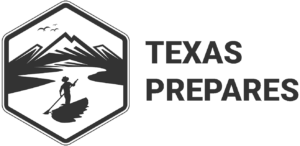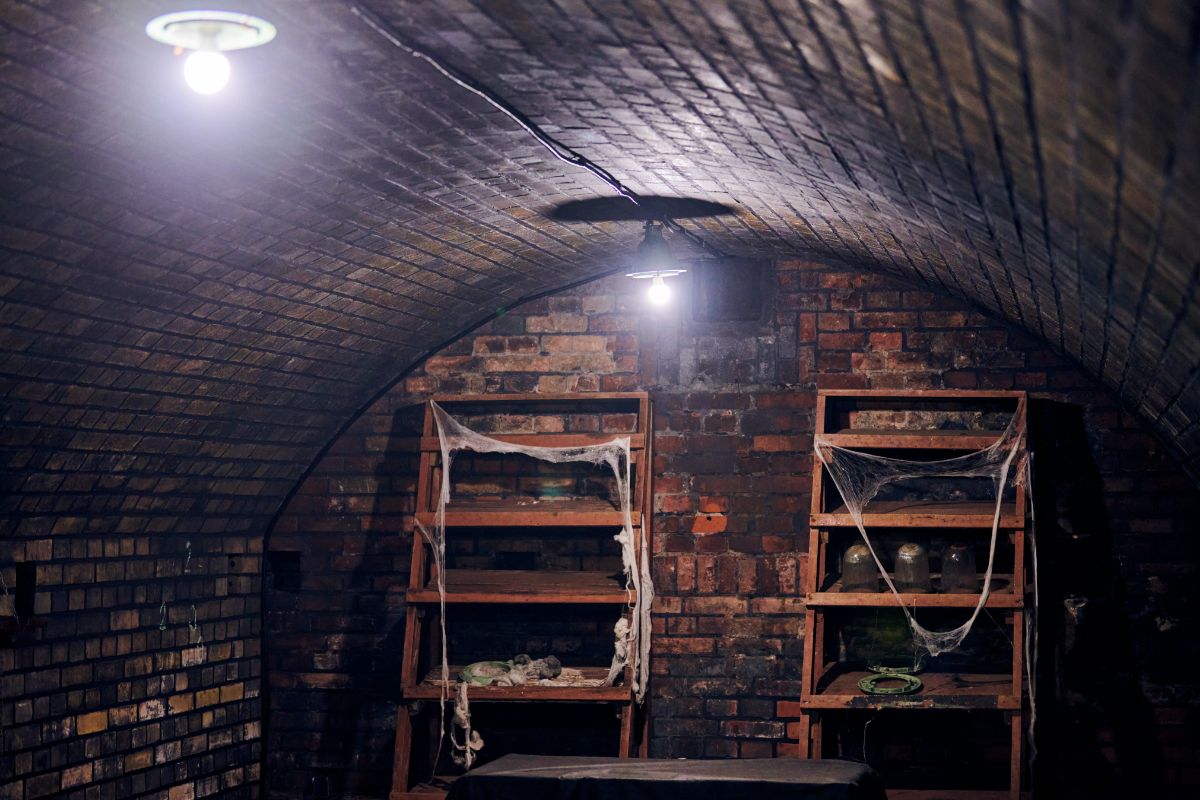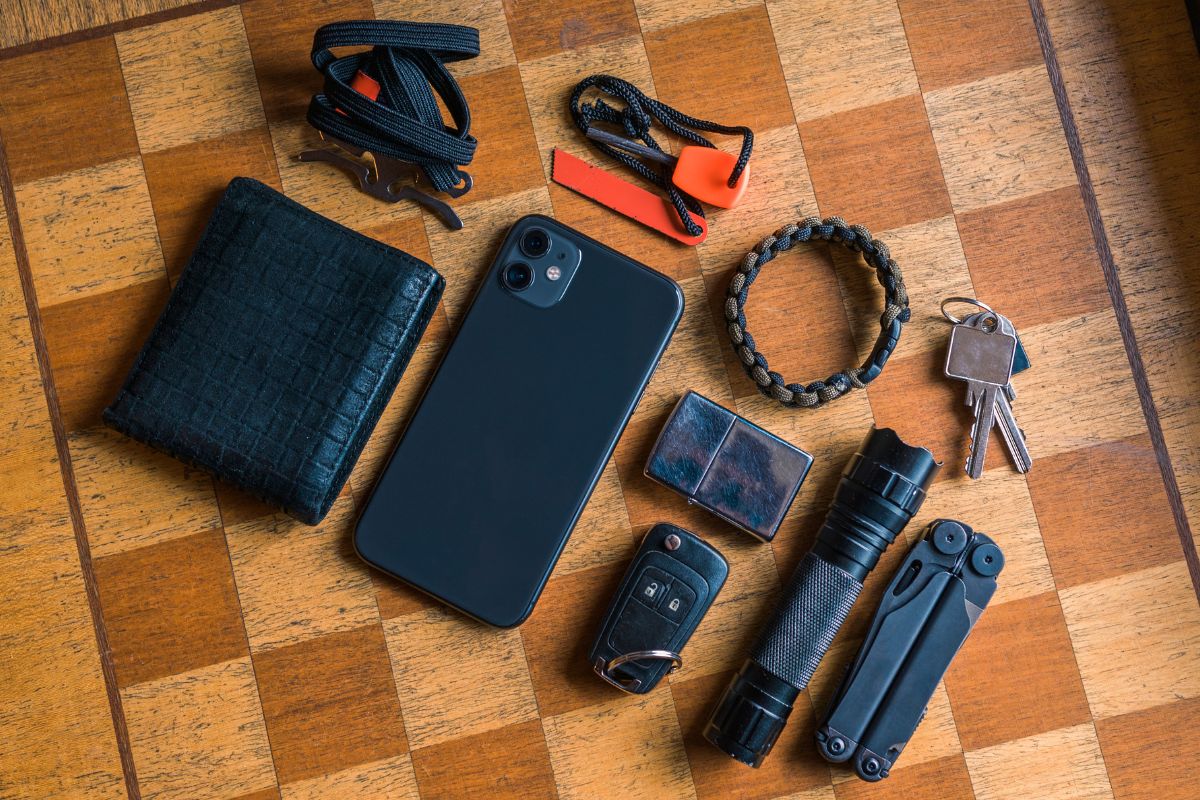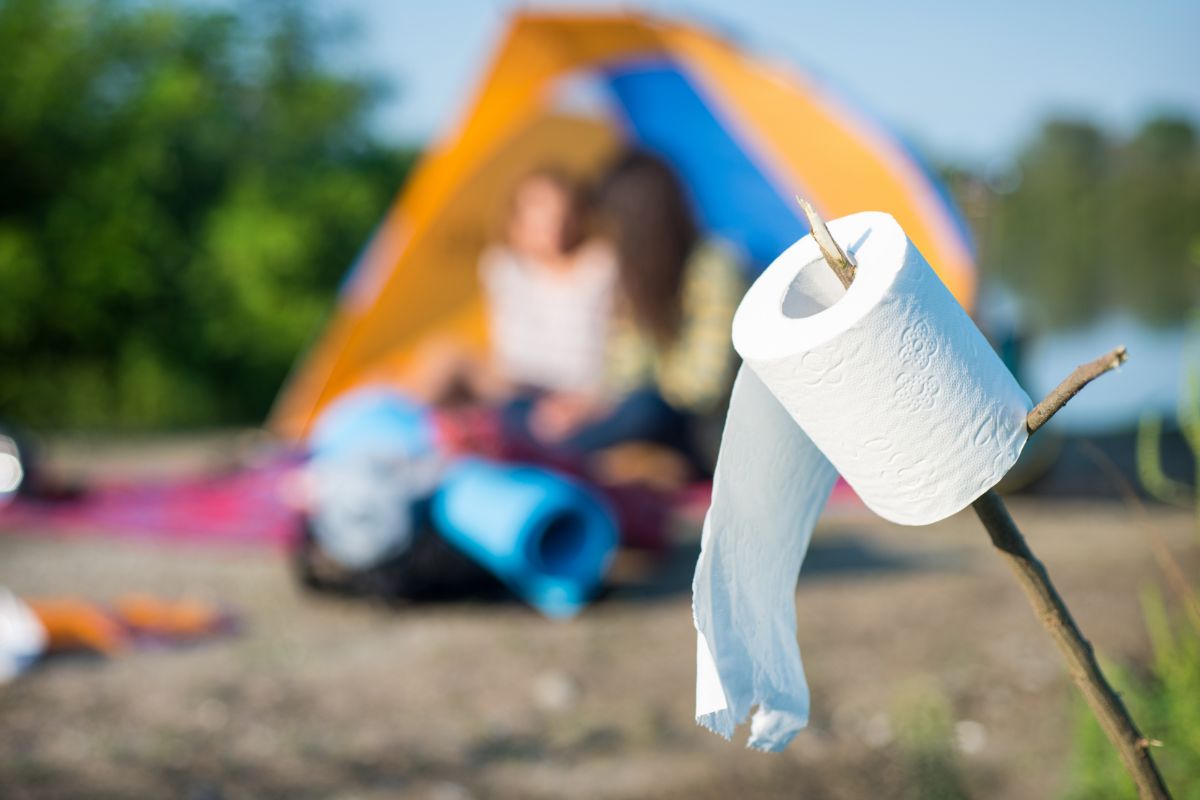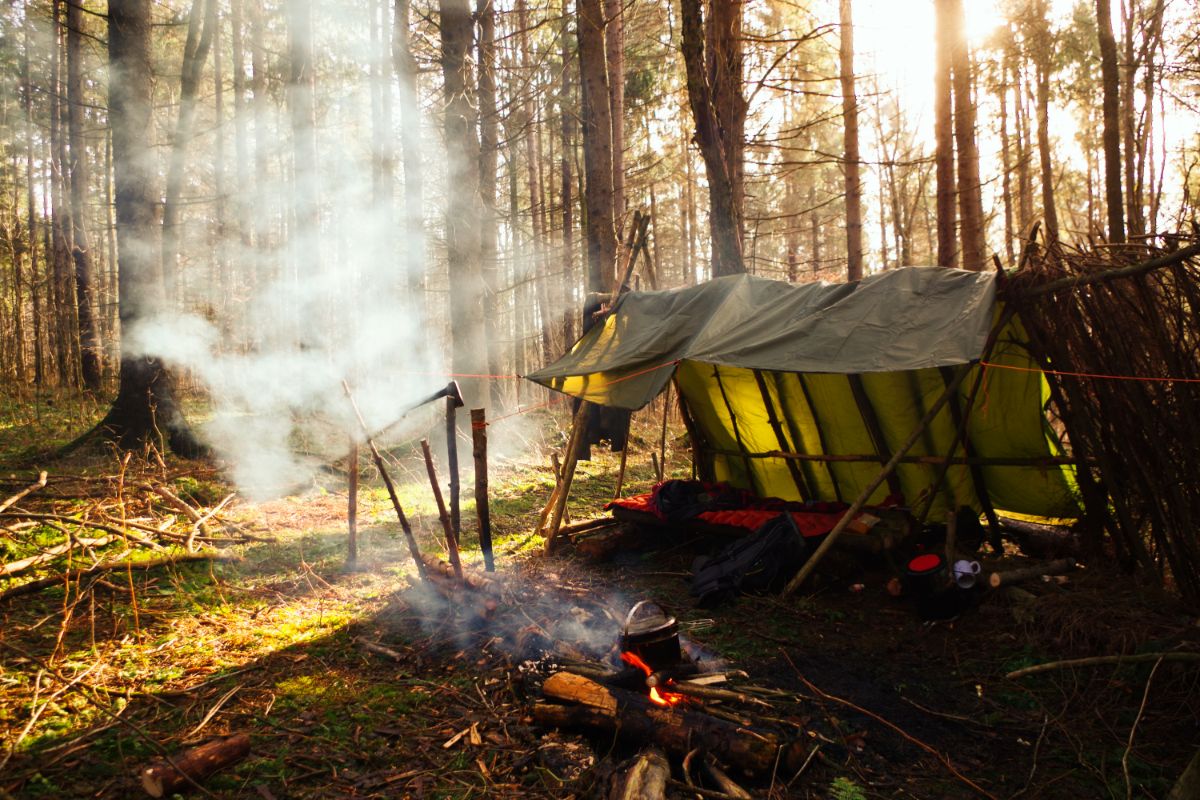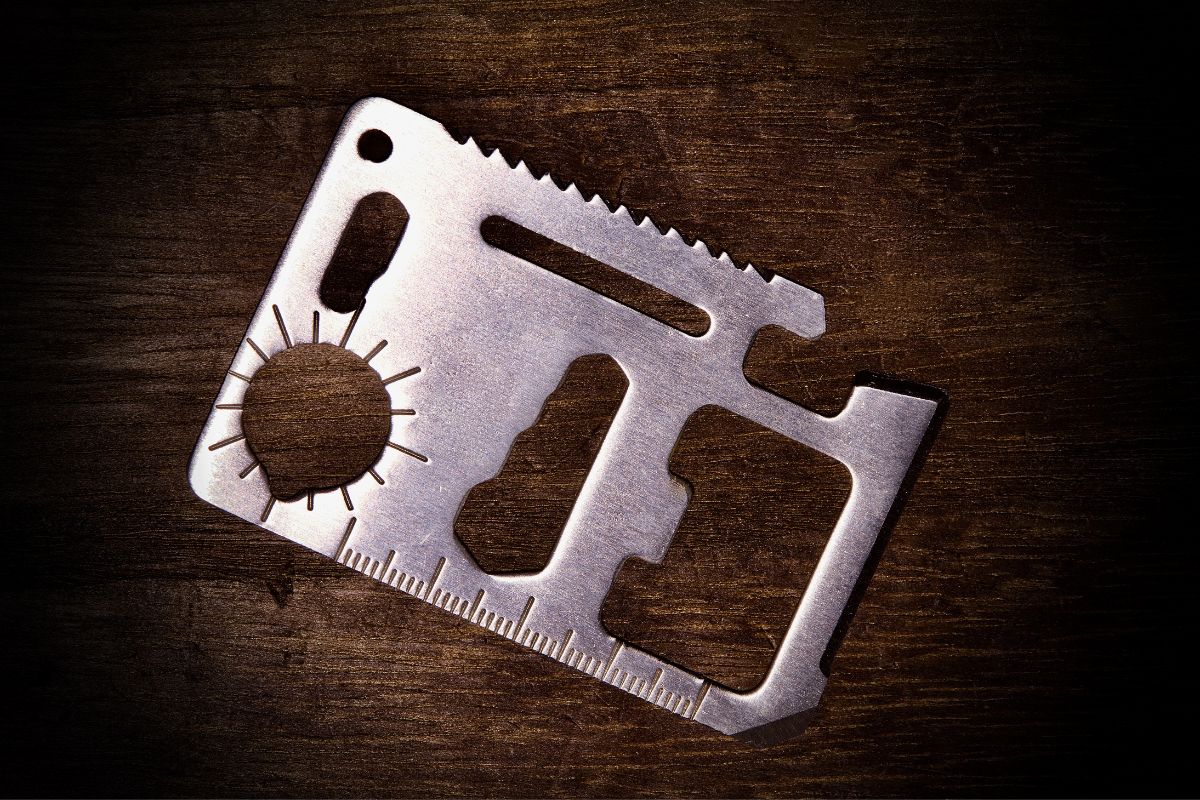Natural disasters are devastating. They take numerous forms, including hurricanes, earthquakes, blizzards, and floods.
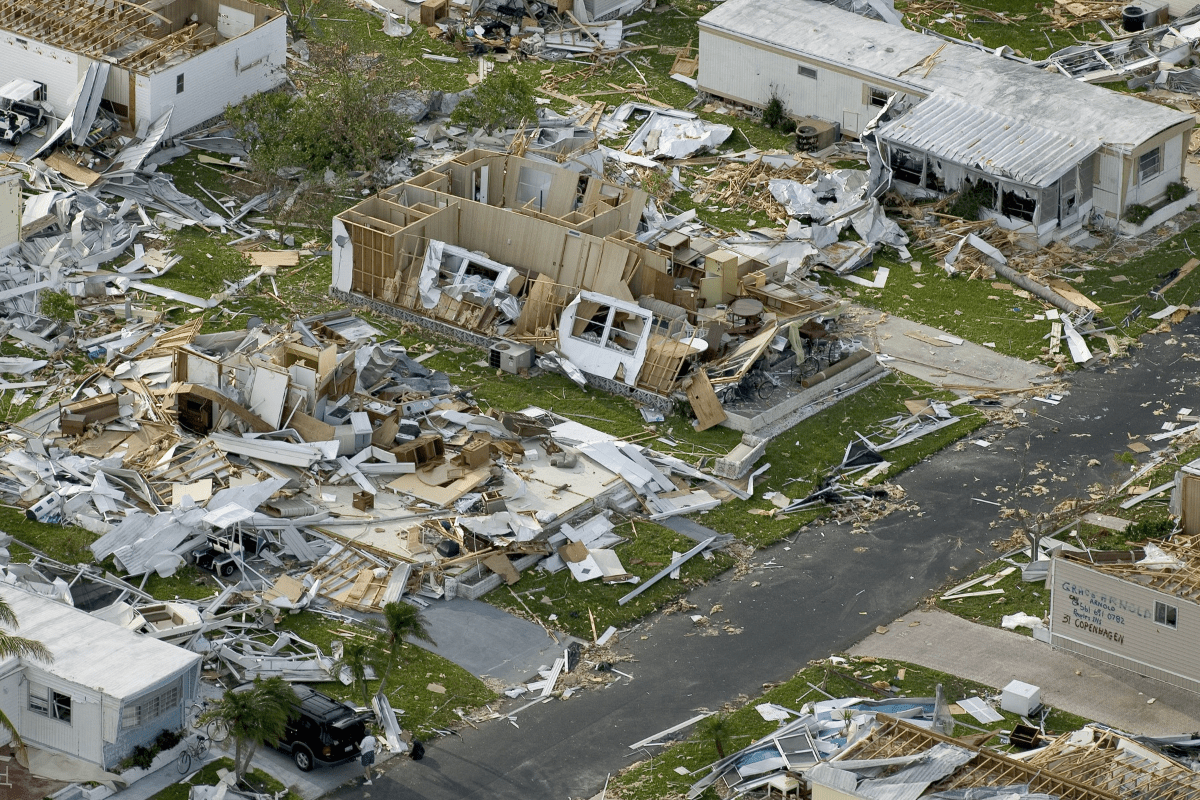
Though you should not be worried about a disaster randomly occurring, it cannot hurt to prepare for these disasters. Doing so can help you to survive in these situations.
To prepare your home for disaster, simply follow these tips.
How To Protect Your Home During A Disaster
Get Homeowners Insurance
Though it might sound boring, home insurance will ensure that your house can be repaired if any damage occurs. Make sure that you look into the policy fully.
This is because not every home insurance policy will include protection from natural disasters.
Tie Down Outdoor Furniture
If you have outdoor furniture, be sure to secure it to the ground. This furniture can include patio tables and chairs. During the event of a disaster, these items of furniture can damage your home.
For instance, during a hurricane this furniture could be thrown at your home, breaking the furniture and potentially damaging your home.
Even if this does not happen, the chances of your furniture being damaged or going missing during a disaster are high.
Secure Indoor Furniture
Indoor furniture can be at just as much risk as outdoor items. In the event of an earthquake, furniture can tumble. If heavy items of furniture, such as a wardrobe, fall on a person, they can be seriously injured.
To protect both yourself and the furniture from harm, we advise securing these pieces. It is particularly advisable that you do this if you live in an earthquake zone.
Make An Emergency Kit
It’s a brilliant idea to keep an emergency kit in your house just in case an emergency disaster occurs.
There’s a wide variety of contents that you can store in your emergency kit. This includes nonperishable canned food, bottles of water, and first aid kits.
This kit should contain equipment that is useful in a range of circumstances. Having non-perishable food ensures that you can survive even if supermarkets close. Meanwhile, first aid kits are beneficial in the case of medical emergencies.
Form An Emergency Plan
Having an emergency plan is fantastic for disasters. This plan will entail what you will do in the case of different disasters. This includes topics such as evacuation routes.
If you live with other people, you should make sure that they are also aware of this emergency plan.
Ensure that you alter these plans for different types of disasters. For example, it is recommended that you drop to the ground and perch underneath furniture, like tables, in the event of an earthquake.
Close All Doors And Windows
During a hurricane or volcanic event, you must close all doors and windows. In fact, it is advised that you do this in all natural disasters. This gives you an extra layer of protection that prevents foreign objects from entering your home. You might also want to consider installing shutters.
Put Damp Towels Around Door Thresholds
Though a lot of volcanoes are dormant, many are also active. You’d be surprised by the large number of houses that are located near active volcanoes.
In the event of a volcanic eruption, you should place moistened towels by doors. Even when doors are closed, ash can be bought into your home via these gaps. By doing so, you can defend your house.
Buy Flashlights
If the power goes down, flashlights will allow you to see. Ensure that you have flashlights and plenty of backup batteries. Keep these flashlights in a place that everyone in your home can access them.
Power can be turned off during a variety of disasters, so flashlights are safety essentials.
Utilize Sandbags
To prepare your home for a flood, you should invest in some sandbags. These bags are utilized to redirect water, allowing you to protect parts of your home. Ensure that your wall of sandbags is high. It should be approximately a foot tall.
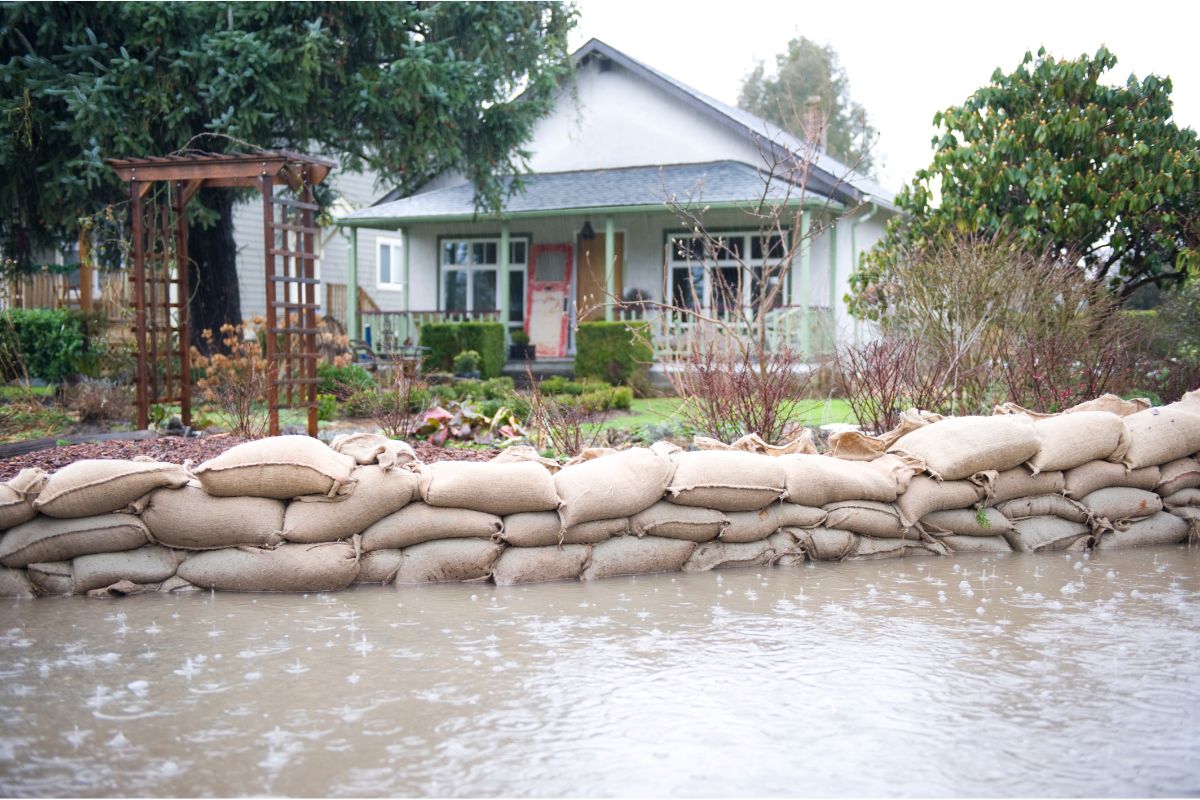
What Disasters Should You Prepare For?
There are a few different disasters that you should prepare your home for, such as:
- Earthquakes: you must prepare for an earthquake in advance. The best way of protecting your home is to secure your large pieces of furniture. If an earthquake occurs, find refuge under a desk or table.
- Hurricanes: property damage is more or less guaranteed during an intense hurricane. Try to limit the damage by securing outdoor furniture. Make certain that you close windows and doors and board any weak points within your home.
- Floods: if water gets into your home during a flood, it can be ruined. Therefore, you should try to elevate your furniture or objects that you care about to keep them safe. Prepare by finding where the electricity and gas switches are located so that you can turn them off.
- Snowstorms: during a blizzard, you must find shelter. It is best to stay indoors until the weather subsides. Prepare for this event by keeping non-perishable foods in your home. Ensure that you have plenty of warm clothes that can be worn during a snowstorm.
- Volcanic eruptions: if your home is located near a volcano, ensure that you cover up any ways that ash can enter your home. This can include fireplaces.
Frequently Asked Questions
Where Is The Safest Place To Be During A Volcanic Eruption?
During this natural disaster, the safest place to be is indoors. When stuck outdoors, you should try to find some shelter. If you are in danger of rockfall, you should roll up as a ball to defend yourself.
Does Disaster Proofing Your Home Really Work?
Yes, taking steps to protect your home can be effective. Though these precautions cannot stop the disaster from occurring, they can minimize the damage done to your house. Furthermore, they maximize your safety during these disasters.
Closing Remarks
Natural disasters can be terrifying. However, by taking steps to defend your home, you can make these disasters seem less scary. These steps are super simple and yet can save lives.
Consequently, we could not recommend making preparations to save yourself and your home.
- How To Make A Quick And Easy DIY Toilet For Camping - September 19, 2022
- How To Use A Knife For Self Defense - September 19, 2022
- How To Help The Elderly Recover From A Disaster - September 19, 2022
